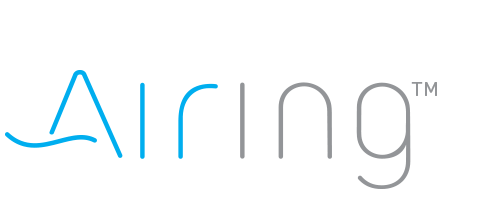This week, May 14th-20th is National Women’s Health Week, a time for women’s health issues to take center stage. Obstructive sleep apnea (OSA) is typically thought of as a sleep disorder that affects men and when we think about the typical sleep apnea patient, we often picture a man. Contrary to popular belief, sleep apnea patients come in all shapes, size, genders, races, and can even have atypical symptoms of those common for sleep apnea. For example, not all sleep apnea sufferers snore, many are not obese or overweight and not all of them are male. According to the National Sleep Foundation, Obstructive sleep apnea affects both genders, but the ratio of men vs. women diagnosed with OSA is about 8:1. Clinicians believe that the ratio may actually be closer to 2 or 3 men with OSA for each woman who has the condition.
Sleep apnea symptoms in women are different than in men. The common symptoms of sleep apnea such as snoring, gasping arousals and drowsiness are better predictors of sleep apnea in men than in women. One of the reasons why more women aren’t diagnosed with sleep apnea is that female sleep apnea sufferers do not present with symptoms that are considered classic symptoms for sleep apnea. Additionally, men are much less likely to complain about their wives snoring and doctors are much less likely to ask women about sleep related symptoms.
According to a study at The University of Chicago, “Sleep apnea presents itself differently for women, which may lead them to go undiagnosed. A woman may have sleep apnea even if she doesn’t snore loud enough to rattle the windows”.
Some of the symptoms to look for in women are:
- Insomnia
- Restlessness in legs
- Tired or fatigue
- Depression
- Daytime sleepiness
- Morning headaches
- Fibromyalgia
- Concentration or memory difficulties
- Frequent urination at night
- Heartburn at night
- Night sweats
- Lack of energy during day
- Dry mouth on awakening
- A feeling of being overwhelmed
- Uncontrollable high blood pressure
- Obesity
If women have bothersome symptoms like those listed above, treatment should be tried as many women with mild sleep apnea have better responses to treatment than men with more severe sleep apnea.
-Karin Johnson, M.D. (Sleep Medicine Specialist)
Women tend to have mild sleep apnea characterized by airflow limitation with arousals and may have no or rare drops in their oxygen levels in dream or REM sleep when the muscles relax the most. Women with this pattern may be under diagnosed especially with home sleep studies or told that they have mild sleep apnea that they don’t need to treat. Dr. Karin Johnson, sleep medicine specialist at Baystate Medical Center is developing a new scoring system for sleep apnea in females.
Women who are transitioning through menopause are up to three-four times more likely to have OSA as compared to premenopausal women. A similar risk applies to women who are pregnant especially in the second and third trimesters. As there is the hormonal and anatomical difference between men and women, women must be considered for sleep apnea treatment differently from men.
The National Sleep Foundation states that sleep apnea in women may masquerade as several chronic diseases such as anemia, depression, diabetes, hypochondria, insomnia, irritable bowel syndrome, hypothyroidism and menopausal changes. In the five years before being diagnosed with OSA, women’s health care costs are around $1000 more than women without sleep apnea and over $400 per year than men with sleep apnea and twice as likely to be treated with antidepressants, and pain medications. If a woman has sleep apnea, treatment for these other conditions is not going to help her sleep apnea.
If you suspect that you might have sleep apnea, take the sleep apnea quiz: http://bit.ly/stopbang
If your score indicates a risk of OSA or you are concerned about other sleep related symptoms listed above, we encourage you to talk to your doctor about being tested and ask for an appointment to see a sleep specialist and ask if a sleep study is right for you.
Explore your treatment options- For sleep apnea, Continuous Positive Airway Pressure (CPAP) is the gold standard for treatment and is most commonly prescribed. Airing is developing a revolutionary micro-CPAP device, which we expect to release in 2018. We invite you to follow us on Facebook and sign up for “Keep Me Posted” on our website.
